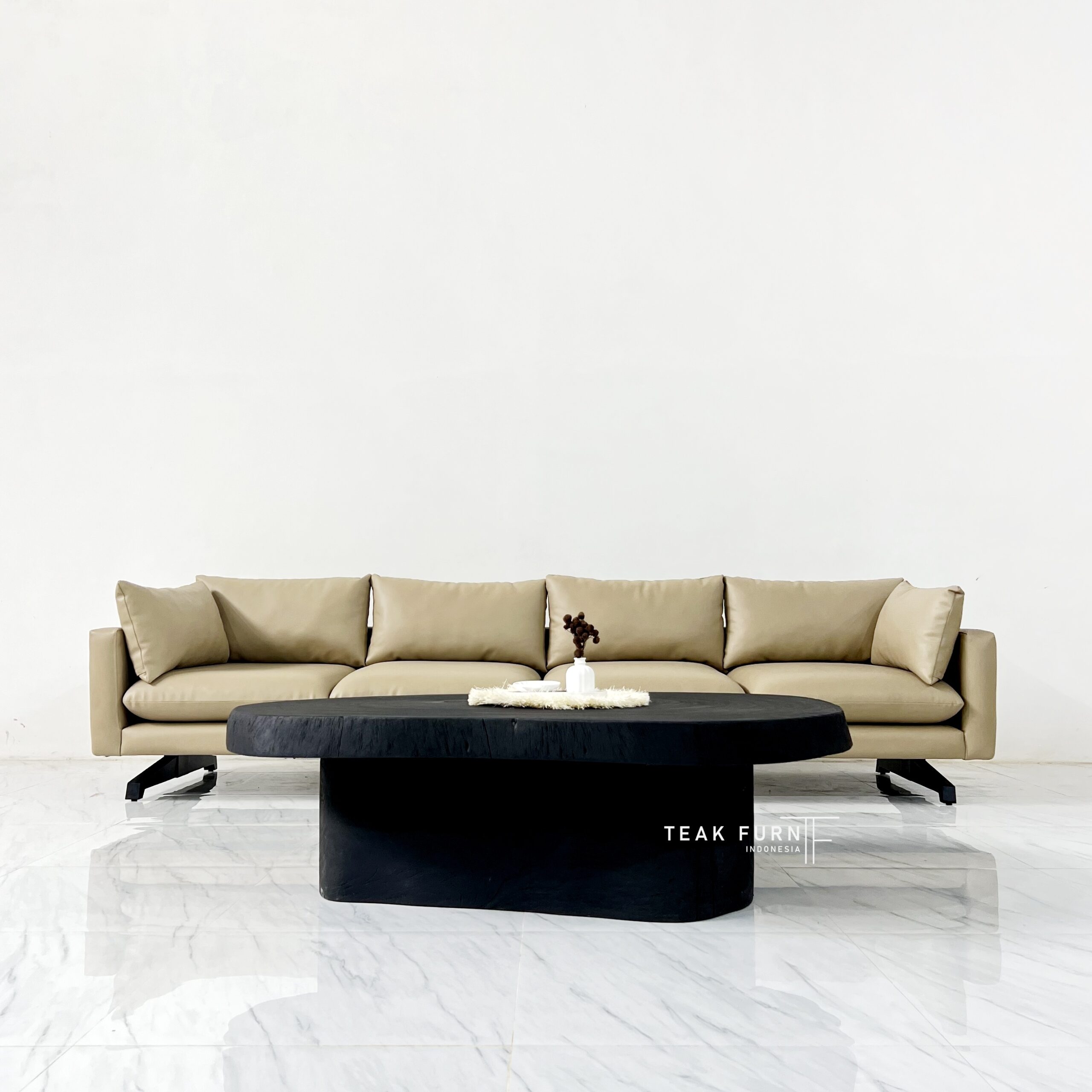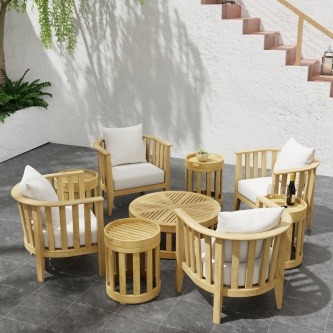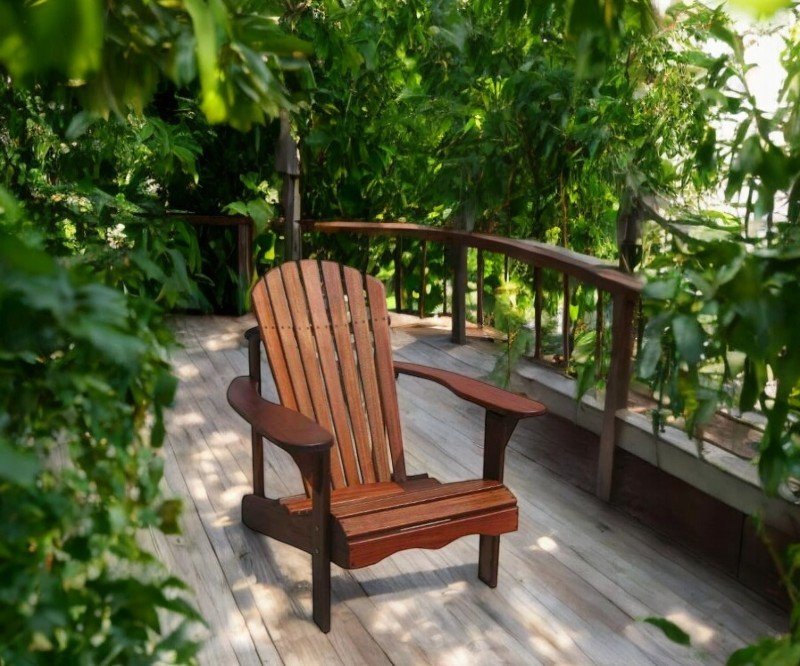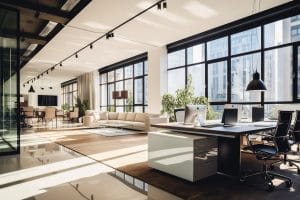
When furnishing a commercial property, durability is crucial. Commercial furniture must withstand high traffic, frequent use, and sometimes harsh conditions. Whether you’re outfitting an office, restaurant, hotel, or retail space, selecting the right furniture ensures long-term value, functionality, and a professional appearance. Here’s how to choose durable furniture that meets the demands of your commercial environment.
1. Assess Your Needs and Environment

Before purchasing furniture, understand the specific needs of your space. The type of business and the expected level of foot traffic will influence your choices. For example, office furniture needs to support daily work tasks, while restaurant furniture must endure spills and heavy use. Ask yourself:
How many people will use the furniture daily?
What type of activities will the furniture be subjected to (e.g., sitting, dining, working)?
Will the furniture be exposed to moisture, stains, or heat?
Do you need movable or fixed furniture?
Identifying the demands of your space will help guide your decisions.
2. Choose High-Quality Materials
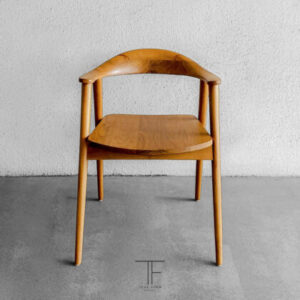
Material quality is key to furniture durability. Opt for materials that can withstand heavy usage over time:
Wood: Solid hardwoods like oak, maple, and cherry are ideal for desks, tables, and storage, offering strength and long-lasting beauty.
Metal: Steel and aluminum are sturdy, resistant to scratches, and easy to maintain. Metal is commonly used for frames, chairs, and shelving.
Upholstery: For seating, choose commercial-grade leather, vinyl, or high-quality fabric that resists wear, staining, and is easy to clean.
Plastic: High-density polyethylene (HDPE) and polycarbonate are durable and low-maintenance, commonly used in outdoor furniture or budget-friendly solutions.
Selecting the right materials for your commercial space ensures durability and reduces maintenance costs.
3. Check Construction and Build Quality
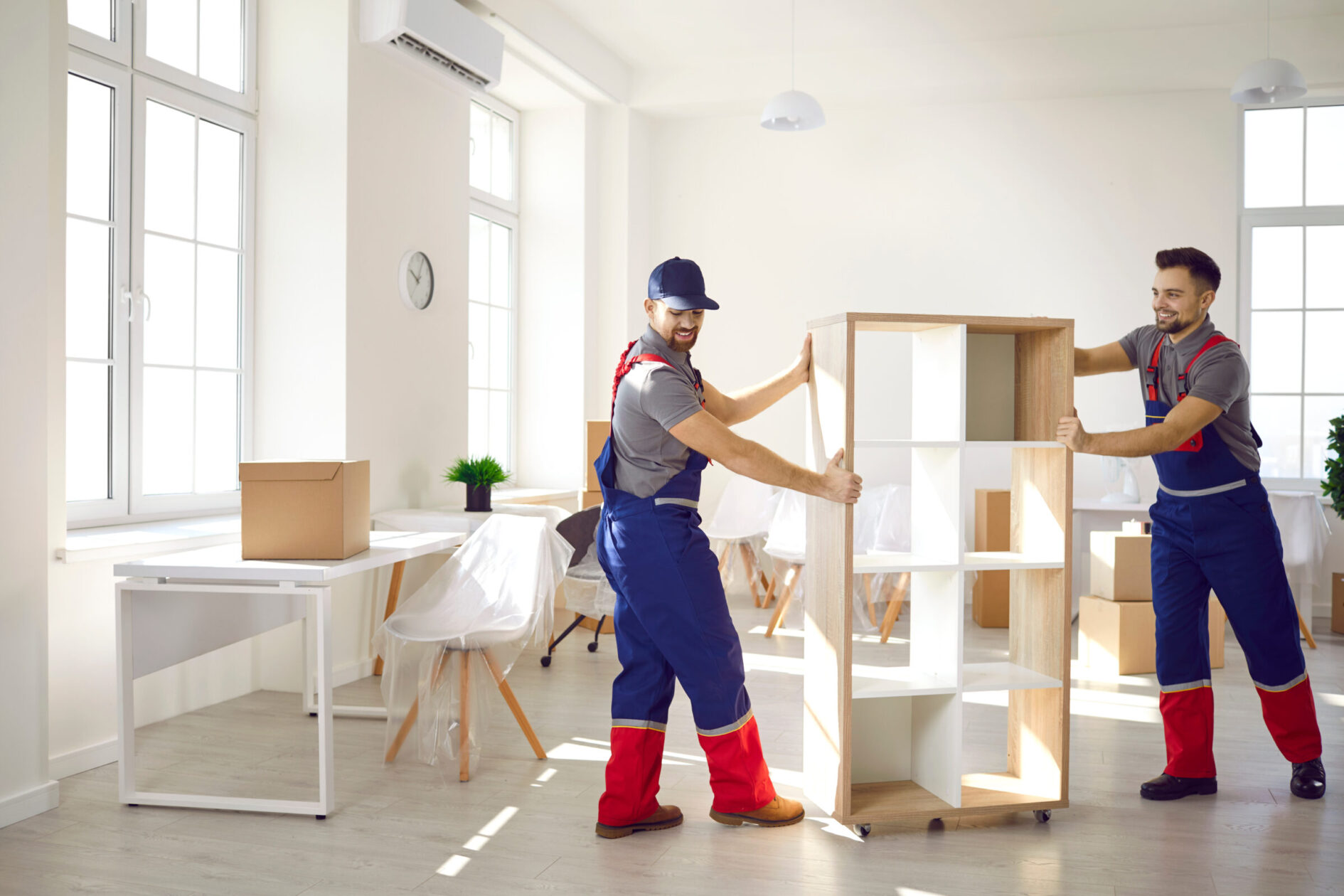
The construction of furniture plays a major role in its durability. Well-built furniture with reinforced joints and strong fasteners will last longer. Look for:
Reinforced Joints: Strong joints like mortise and tenon or dovetail joints provide greater stability and prevent furniture from falling apart.
Metal Frames: Furniture with welded or bolted metal frames is more durable than glued constructions, preventing instability.
Weight and Stability: Ensure furniture has a stable base and can support the intended load. Lightweight, unstable pieces may not endure heavy use.
Good construction ensures furniture can handle the demands of a commercial space without compromising its integrity.
4. Prioritize Easy Maintenance
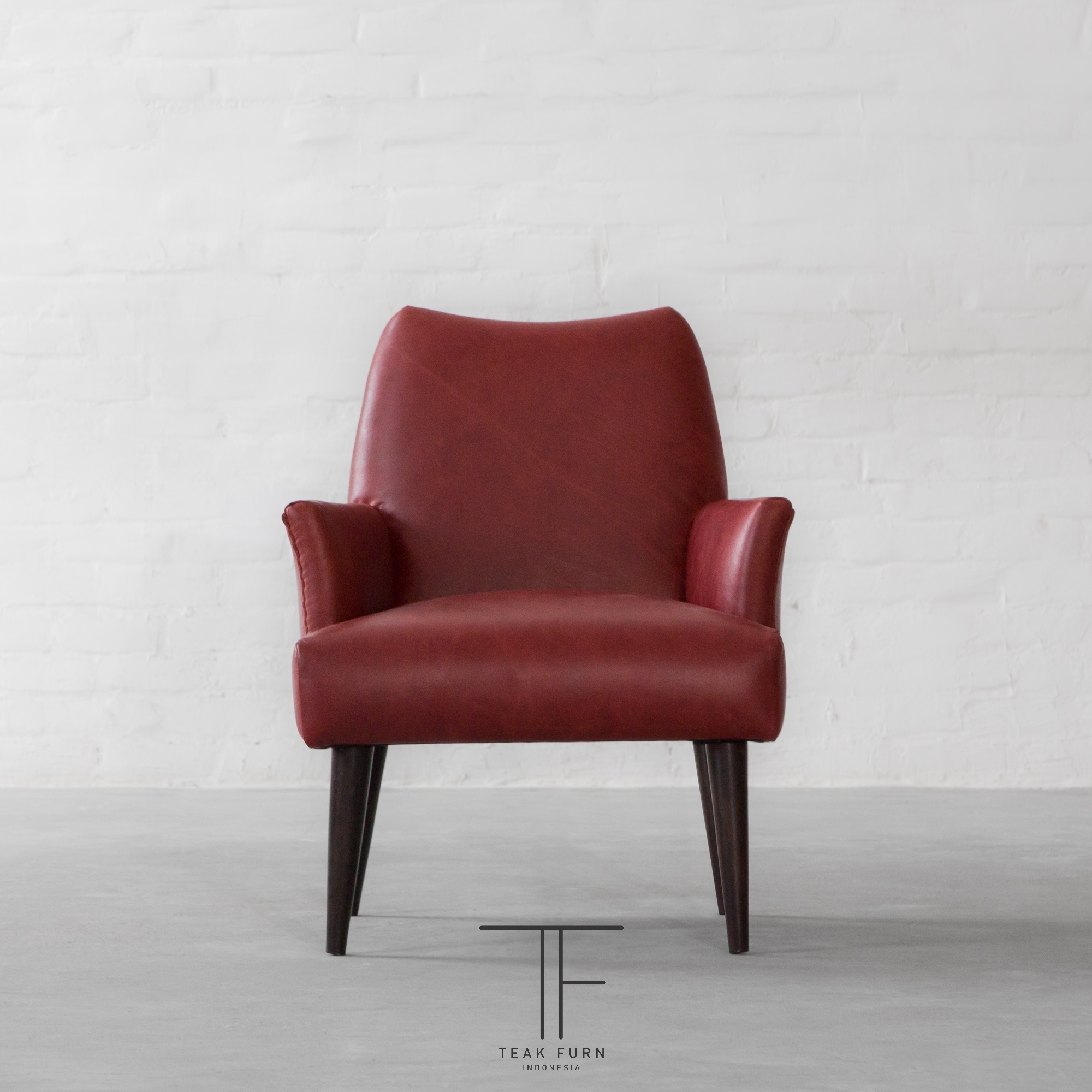
Durable furniture should also be easy to maintain. Commercial spaces often experience dirt, spills, and heavy traffic, so low-maintenance options are essential:
Easy-Clean Upholstery: Leather and vinyl are easy to wipe clean and resistant to stains and wear.
Protective Coatings: Look for furniture with varnished or powder-coated finishes that protect against moisture, scratches, and dirt.
Modular Pieces: Furniture with removable parts allows for repairs or replacements without having to replace entire pieces, saving time and money.
Choosing easy-to-clean, low-maintenance furniture helps ensure a long lifespan and maintains a clean environment.
5. Ensure Comfort and Ergonomics
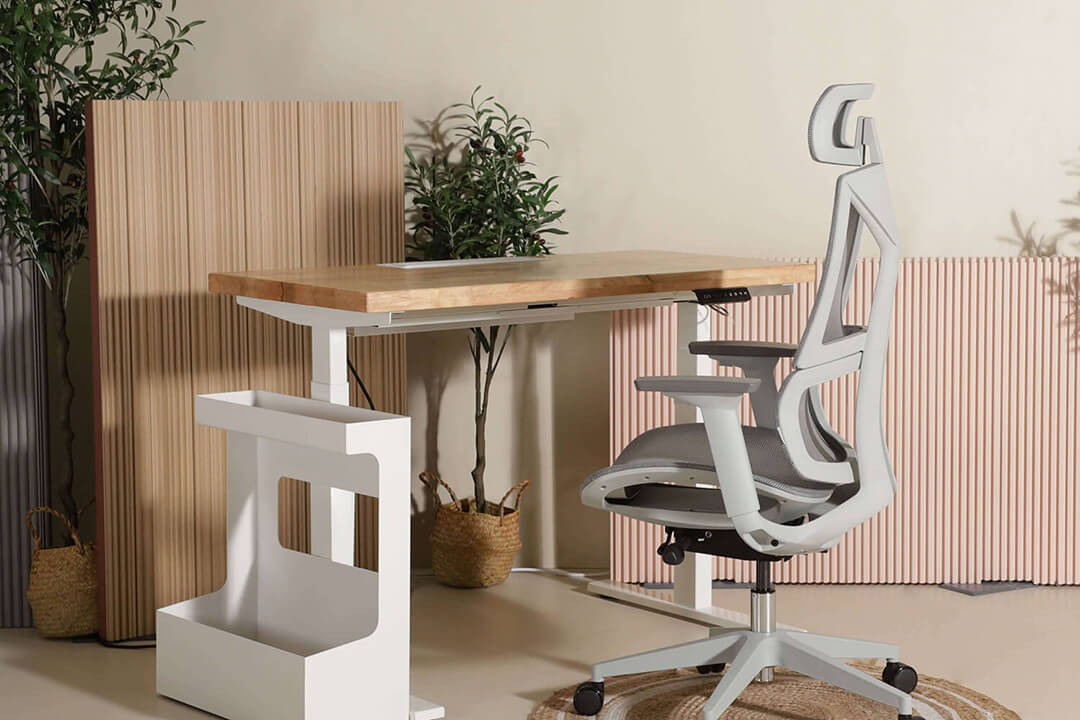
Comfort is essential for furniture used in offices, lounges, or customer-facing areas. Uncomfortable furniture can affect productivity and customer satisfaction. For office spaces, ergonomic chairs with adjustable features, lumbar support, and cushioning are crucial for employee well-being. In cafes or waiting areas, seating should offer enough support for extended sitting.
Ergonomic and comfortable furniture not only improves the user experience but also contributes to a positive work environment.
6. Consider Aesthetics and Brand Image

While durability is important, the furniture should also align with your brand’s aesthetics. Commercial furniture contributes to the ambiance and overall vibe of the space. Choose pieces that reflect your business values while maintaining a functional, professional appearance. For instance, modern office furniture may suit a tech startup, while rustic pieces may be ideal for a boutique or café.
Balancing durability with aesthetic appeal ensures that the furniture enhances the space’s look without compromising functionality.
Conclusion
Choosing durable furniture for your commercial property involves selecting high-quality materials, strong construction, easy-to-maintain options, and comfort. By carefully assessing the needs of your space and choosing pieces that can handle heavy use, you ensure that your investment lasts for years while providing a functional and welcoming environment for both employees and customers.
Durability in commercial furniture is about more than just resistance to wear and tear; it’s about ensuring that your space supports your business operations efficiently, comfortably, and professionally. By making informed choices, you can create a space that’s both attractive and long-lasting.

